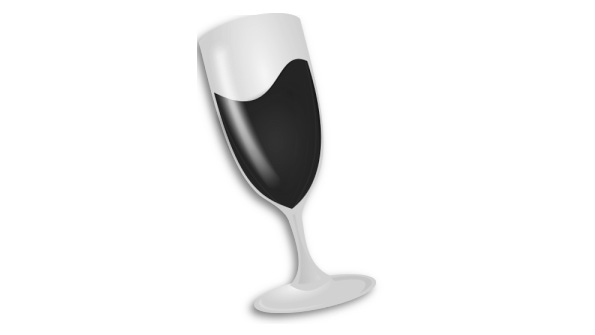Wine, ChromeOS and Cross-Platform Computing in the Cloud Age
You can't run Windows applications on Google's ChromeOS, and you probably will never be able to, since the Wine emulator for loading Windows software on Linux platforms won't work with Linux-based Chromebooks. That may not matter at all to most people, but it is a reminder of how mobile and cloud-based hardware devices are making OS interoperability increasingly rare.

You can’t run Microsoft (MSFT) Windows applications on Google’s ChromeOS, and you probably will never be able to, since the Wine emulator for loading Windows software on Linux platforms won’t work with Linux-based Chromebooks. That may not matter at all to most people, but it is a reminder of how mobile and cloud-based hardware devices are making OS interoperability increasingly rare.
For the non-geeks in the audience, Wine is a program that makes it possible to run Windows software on Linux PCs. And while most people using Linux full-time are unlikely to want to run many Windows apps, since Linux offers its own line-up of software for achieving almost any task you can think of, Wine comes in handy in the cases of software such as Netflix, which lacks a native Linux client or equivalent app.
Wine has been around for more than two decades and works pretty well on most Linux desktops, laptops and servers (not that there is really any good reason for running a Windows app on a Linux server). But since Wine depends on parts of the Linux operating system that are not always available in the Linux variants used to power many smartphones, tablets, smart TVs and Chromebooks, configuring Wine for them is more problematic.
Wine developers are making progress toward implementing Wine for Android, which is one of those Linux variants, although it appears that it will be at least a little while before Wine can run Windows apps on Android just as well as it can on traditional Linux systems.
Meanwhile, for users of ChromeOS, which is also based on Linux but is substantially different from the Linux kernel code, the outlook is much more dismal. As Phoronix has reported, it will probably never be possible to make Wine run on ChromeOS in anything approaching a user-friendly way, since Google restricts the access of third-party applications to the parts of the system that Wine needs to work its magic.
Again, that’s not a pitfall that’s going to stop very many users at all from purchasing a Chromebook, since no one buys a Chromebook to run Windows apps unless he’s some sort of sadistic geek. But there is a certain irony in the fact that in the age of the cloud, which was supposed to eradicate the barriers between different computing platforms and operating systems, the devices designed with a core focus on the cloud are also the ones that, because of restrictions or exclusions within the code that powers them, are emphatically un-cross-platform. (Is that a word? It is if I use it!)
All of this, by the way, is to say nothing of the challenges ARM hardware poses to Wine, which was not made for ARM at all and currently has to rely on a virtualization hypervisor such as QEMU to work on ARM-based devices. That’s a second way that the cloud is making cross-platform compatibility such a challenge.
About the Author(s)
You May Also Like


